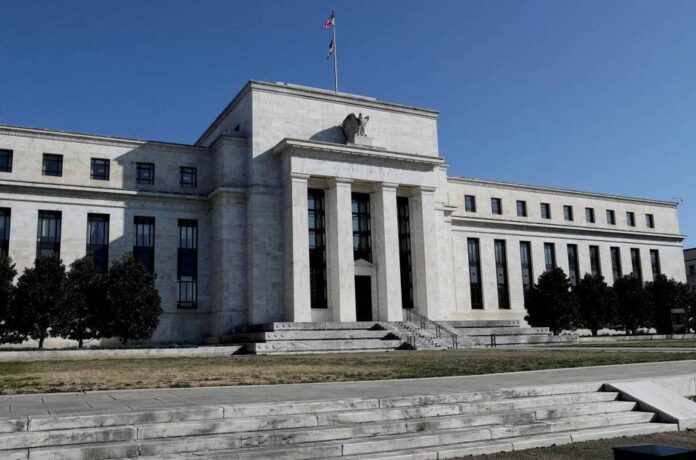The world’s top central banks are cutting the frequency of their dollar liquidity operations with the U.S. Federal Reserve from May, sending the clearest signal yet that last month’s financial market volatility is essentially over, according to Reuters.
The Fed started offering dollars in daily tenders from late March after the failure of Silicon Valley Bank and the sale of Credit Suisse sent jitters across financial markets and raised the risk of liquidity shortages that could have morphed into a broader financial crisis.
But the central banks of the eurozone, Japan, Britain and Switzerland will now revert to their usual weekly tenders, indicating that the extraordinary backstop is no longer needed as markets are functioning as intended.
While there was some take-up in the daily tenders in the early days, especially from Switzerland, the daily facility was barely used and there was little to no interest on most days.
“These central banks stand ready to re-adjust the provision of U.S. dollar liquidity as warranted by market conditions,” the ECB said in a statement.
Swap lines are liquidity backstops to ease strains in global funding markets and they have been a permanent feature of the cooperation between top central banks for more than a decade.
Central banks’ local currency liquidity operations have also been little used in the past month, suggesting that copious excess liquidity, part of the banking system for the past decade, continues to keep the bank sector well oiled.
Still, some policymakers have warned that the volatility is likely to leave a more permanent mark by making banks more cautious in how they lend, pushing up borrowing costs and tightening lending standards.
This could then reduce the need for central banks to raise interest rates in their fight against sky high inflation as commercial banks do their work for them.
The extent of such a tightening is far from clear, however, and it could still take weeks if not months for policymakers to assess the longer term impact.
Big central banks with the notable exception of the Bank of Japan have been raising rates at a brisk pace with the Fed and ECB both expected to move again next week.


